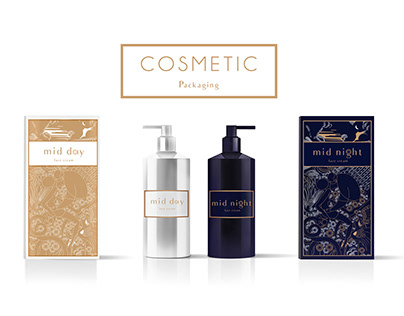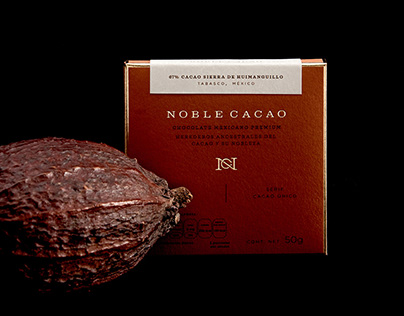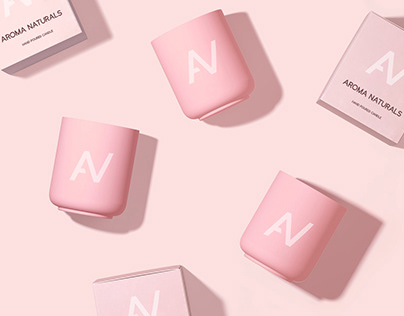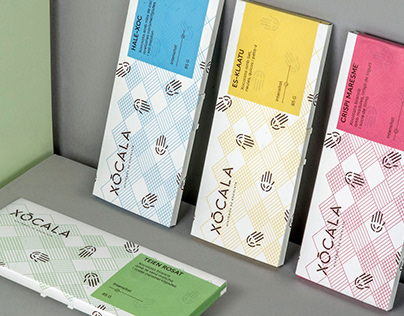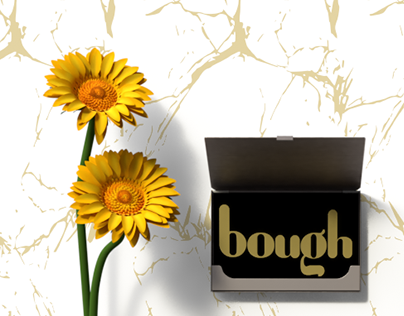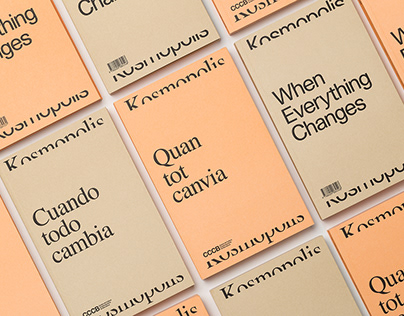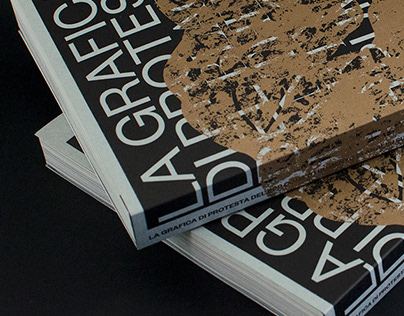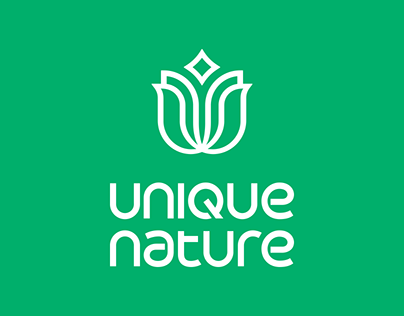EVOLUTION THINKING : Texture
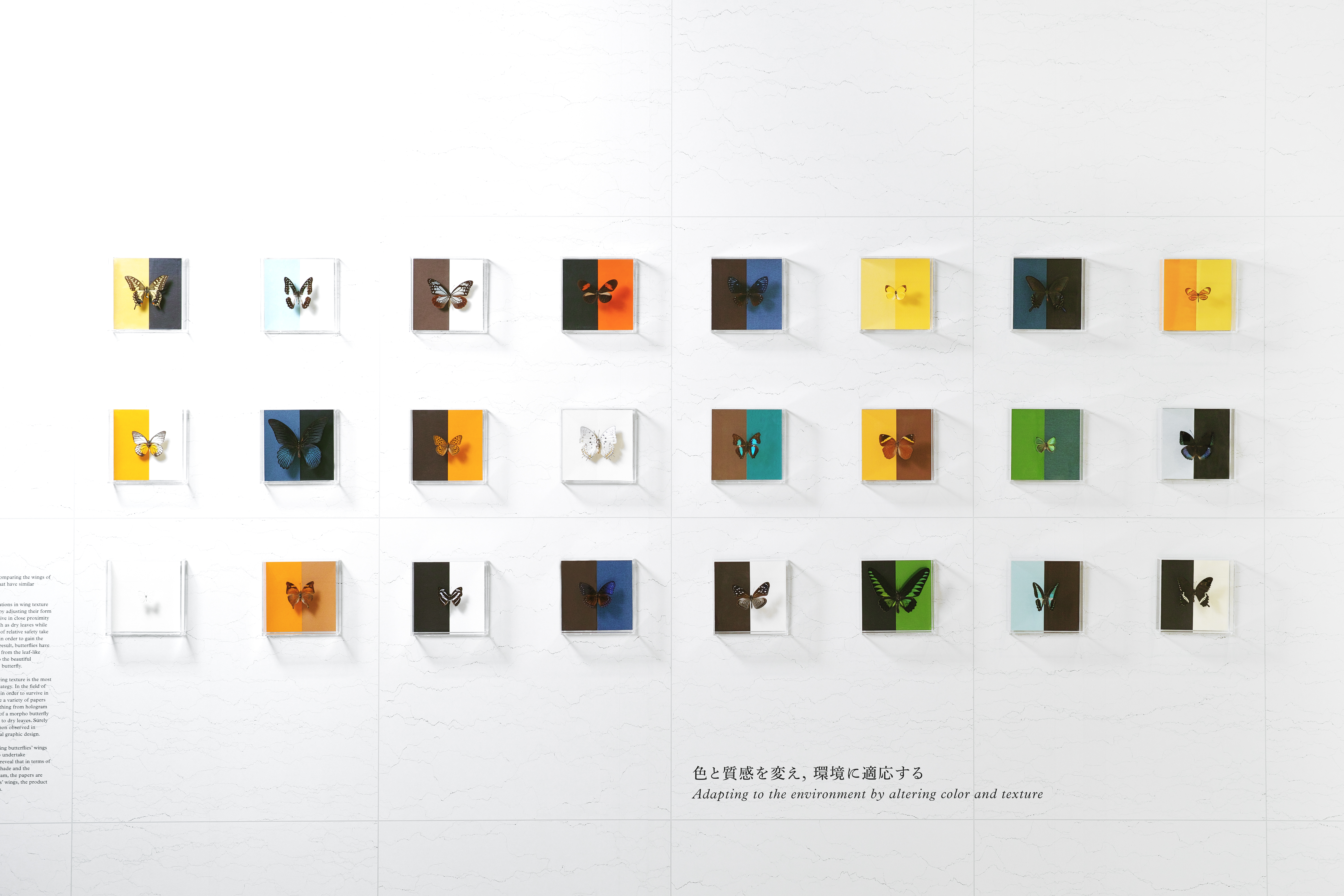
why:
Can we learn from the evolution of nature the process of designs and inventions, to increase the number of innovators?
why:
創造のプロセスを生物の進化から学び、社会を変えるイノベーターを増やすことは出来るだろうか。
Society is changing drastically. Even now 50 years have passed since 1972, which is said to be the limits of growth, human beings are still growing. Changes to halt the collapse of biodiversity and actions to keep a sustainable society no longer have a temporal grace. We need more people to change society. We often say that things “evolve” changing society. If we say that changing society is evolving, will we be able to learn more about the process of evolving society from the evolution of living things?
社会は急激に変わっています。成長の限界と言われた1972年から50年が経った今でも、我々人類はまだ成長し続けています。生物多様性の崩壊を食い止めるための変化や持続可能な社会を保つためのアクションは、もう時間的な猶予が全く残されていない状況と言っていいでしょう。社会を変える人がもっとたくさん必要だと、心から感じます。どうすれば、そのような人を増やせるのでしょうか。
そういえば私達は、物が社会を変えることを「進化する」とよく言っています。社会を変えることが進化だと言うなら、私達はもっと生物の進化から社会の進化を生むためのプロセスを学ぶことができるのではないでしょうか。
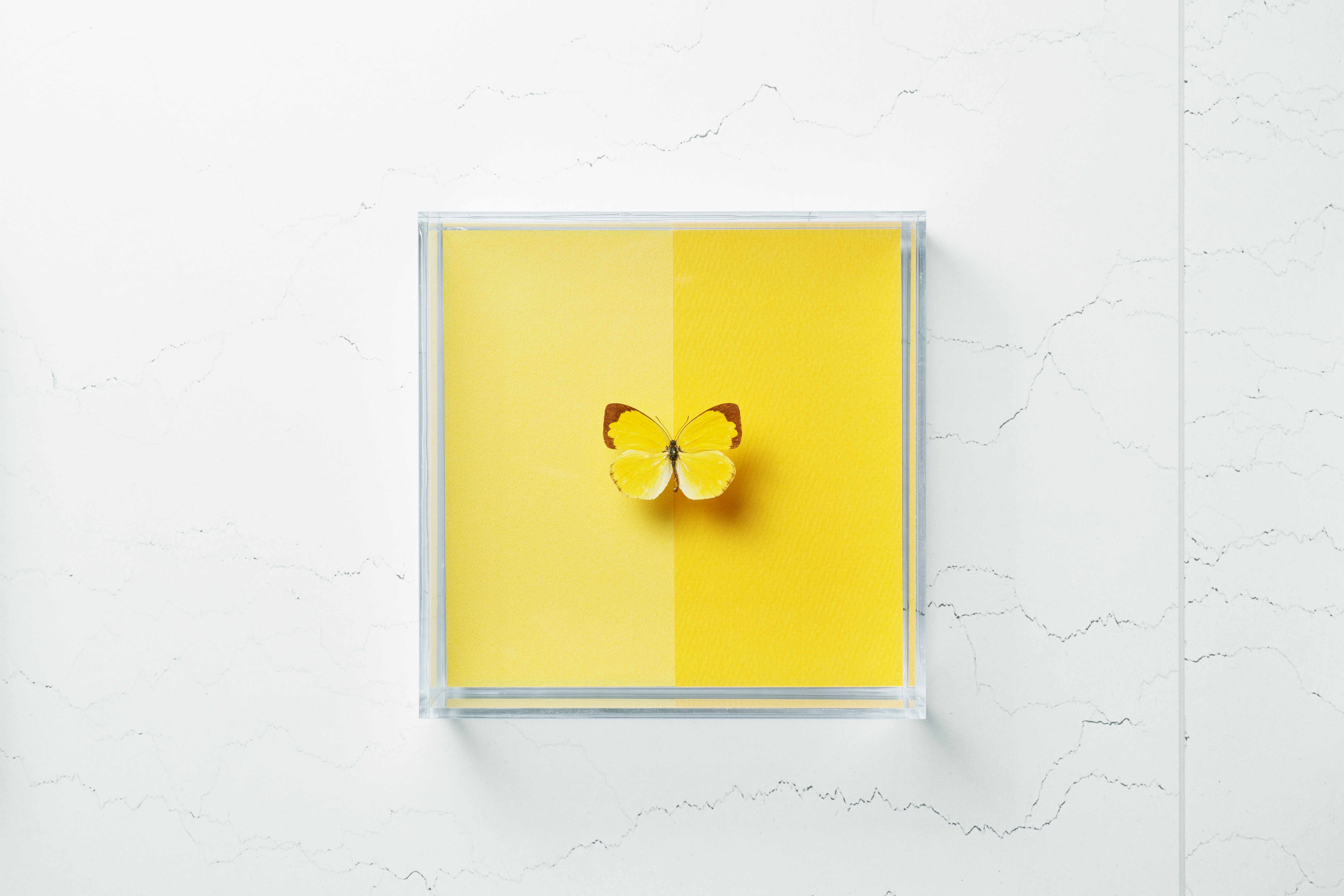
how:
We developed a methodology of creativity for education called ‘Evolution Thinking’, teaching textures of design.
how:
進化思考という創造性教育の体系をつくり、その一つの手法としてデザインのテクスチャを教える。
Even in the design of artifacts, things are constantly evolving and culling from advances in technology, human interests and the changing context of the times. The development of species on the premise of diversity closely resembles the form of evolution of living things. The invention constantly seeks to supplement the evolution of people. Faster, more comfortable, is not the design that has been advanced by such philosophy is the instinct of mankind who is going to evolve? If the evolution and design of living organisms are sufficiently similar, it should make it easier for innovation by understanding the process well and applying it to inventions and designs. Evolutionary thinking is a method for creative education born to learn the way of thinking from the nature.
人工物のデザインにおいても, 技術の進歩, 人の趣向性や時代のコンテクストの変容によって, モノは絶えず進化と淘汰を繰り返しています。 多様性を前提とした種の発達は, 生物の進化の形によく似ています。常に発明は人の進化を補おうとしているようにも感じられます。より速く, より楽に、そんな哲学によって進められてきたデザインは, 進化しようとする人類の本能ではないでしょうか。もし生物の進化とデザインが充分に似ているなら、そのプロセスをよく理解し、発明やデザインに応用することでイノベーションを起こしやすくなるはず。進化思考は、そのような考え方から生まれた、自然から学ぶ新しい創造教育のための手法です。
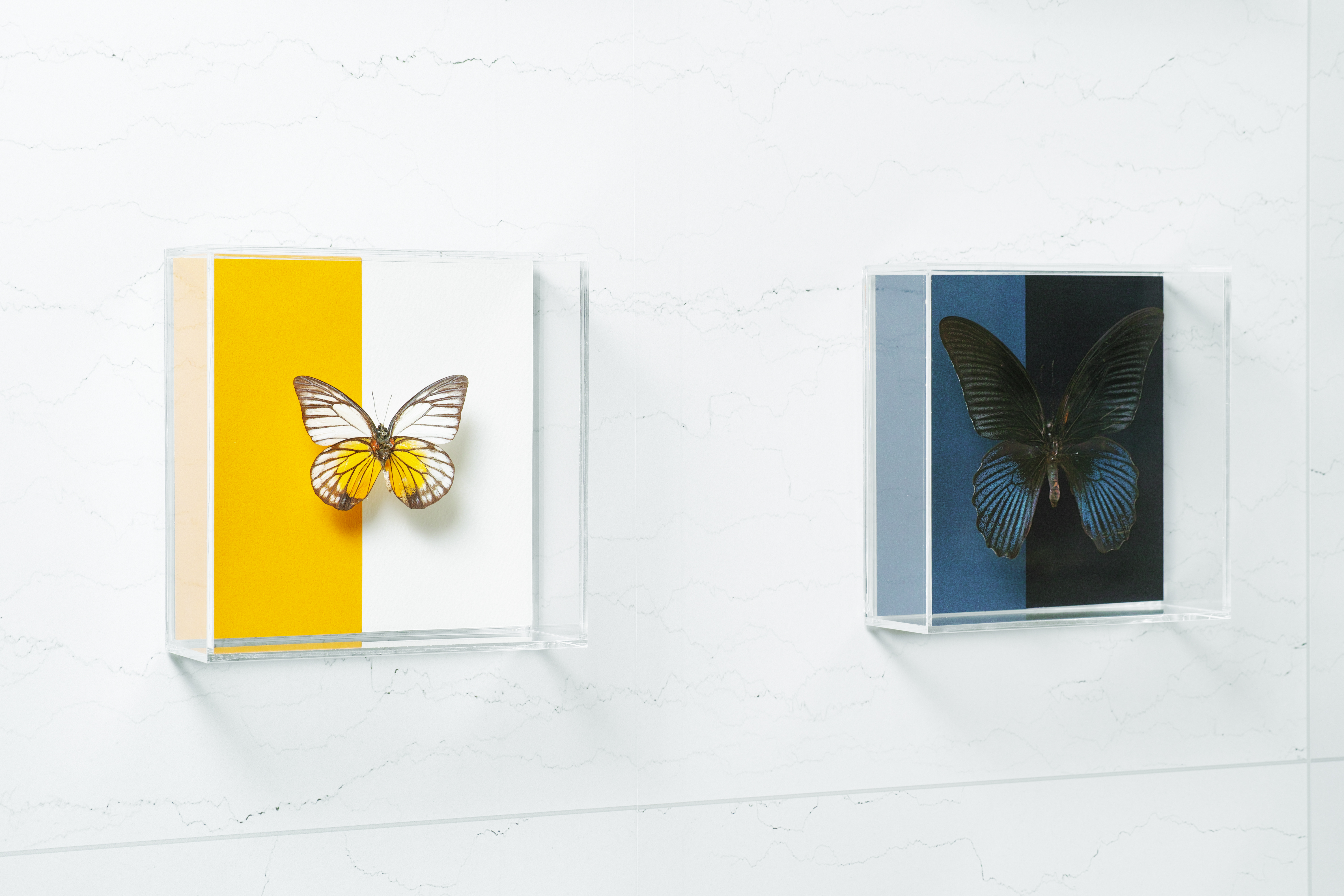
Adapting to the environment by altering color and texture.
In the course of adapting to their environment, living creatures have developed a huge variety of textures and colors.
For butterflies, fish, birds, flowers, and all other kinds of living things, the ultimate choice of what texture to adopt in order to adjust to the environment is linked directly to survival. Altering one’s color and textural qualities is one of the simplest methods of environmental adaptation.
色と質感を変え, 環境に適応する 。
生物は, 環境に適応する過程で様々な質感と色の バリエーションを生み出した。
蝶・魚・鳥・花を始め, あらゆる生物にとって 最終的にどのテクスチャを身に纏い環境に適応する のかの選択は, 生存に直結する。 色や質感を 変えることは, 環境に適応する最も簡単な手段の 一つなのだ。
An observational experiment comparing the wings of actual butterflies with papers that have similar textures to those wings.
Butterflies have numerous variations in wing texture and color. They have survived by adjusting their form to the environment: those that live in close proximity to predators imitate objects such as dry leaves while those that live in environments of relative safety take on alluringly contrasted forms in order to gain the advantage in procreation. As a result, butterflies have developed a variety of features, from the leaf-like wings of the oakleaf butterfly to the beautiful structural colors of the morpho butterfly.
実物の蝶の羽根と, 蝶の羽根に近い質感を 持った紙を比較する, 観察的実験。
蝶には様々な羽根のテクスチャ(質感)や 色のバリエーションがある。 捕食者が近くに 生息する場合は枯れ葉などに擬態し, 逆に比較的 安全な環境では生殖に優位になるように媚態する ことで, 環境に身を合わせて生き残ってきた。 結果として, コノハチョウのように枝葉に 見えるものから, モルフォ蝶のように美しい構造色を 持つ蝶まで, 様々なバリエーションが生まれた。
In commercial design, too, altering texture is the most simple and effective survival strategy. In the field of packaging design, for example, in order to survive in cutthroat markets, designers use a variety of papers to blend in or stand out—everything from hologram paper closely akin to the wings of a morpho butterfly to rough-textured paper similar to dry leaves. Surely we could say that the phenomenon observed in butterflies is a type of evolutional graphic design.
We tried to find papers resembling butterflies’ wings as closely as possible in order to undertake comparisons. The comparisons reveal that in terms of both the depth of the jet-black shade and the stereoscopic effect of the hologram, the papers are clearly eclipsed by the butterflies’ wings, the product of two million years of evolution.
市場のデザインにおいてもテクスチャを変更する ことは最も簡単な生存戦略だ。 例えば パッケージデザインでは, 厳しい環境を生き残る ために, まるでモルフォ蝶のようなホログラム紙から, 枯れた葉っぱのようなラフなテクスチャの紙まで, 様々な種類の紙を用いて, 擬態し, 媚態する。 蝶の上で起こっていることは, 進化上に起こった グラフィックデザインだと言えないだろうか。
そこで, 出来る限り蝶の羽根に似た紙を探し, 比較したいと思った。 こうして見ると, 漆黒の深さにおいても, ホログラムの 立体感においても, 2億年の進化を経てきた 蝶の質感は紙を遥かに越えている。
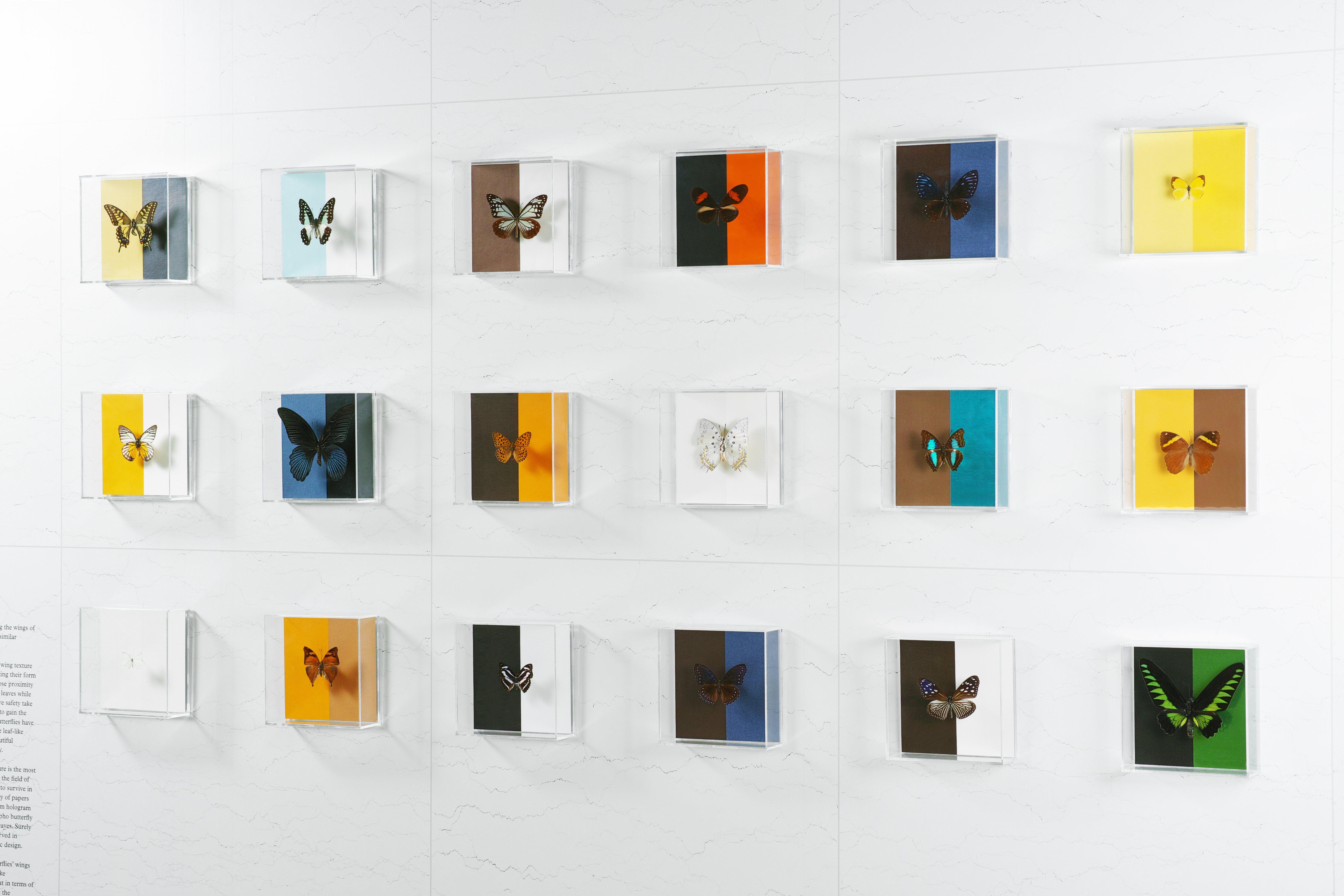
“NOSIGNER – Reason behind Forms -” exhibition starts from the hypothesis “What if all designs are imitations of nature, or what if the very act of designing is the act of unconsciously simulating the evolution of nature?” and compares/contrasts artificial and natural objects and explores the purpose within form, as well as ways of conceiving designs, based on the idea that “design is the biology of objects.”
ギンザ・グラフィック・ギャラリーにおいて、個展「ノザイナー かたちと理由」を開催しました。「もし全てのデザインが自然の模倣なのだとしたら。あるいはデザインという行為そのものが、自然の進化を無意識にシミュレーションする行為だとしたら」という仮説から、「デザインは、物の生物学だ」という考えに基づき、人工物と自然物を対比させて、かたちの奥にある理由や、デザインを発想するための方法に迫る展示を行いました。
now:
‘Evolution Thinking’ has gradually begun to spread from Japan as a way beyond design thinking. It has only just begun.
now:
進化思考は、デザイン思考を超えた思考法として徐々に日本国内から浸透し始めている。発展はまだ始まったばかり。
The evolutionary thought that started with a small experimental exhibition is gradually spreading while being gradually supported by proponents such as the automobile company, the real estate company of the largest scale in Japan and the manager of the global company of apparel. (Reference article: Harvard Business review etc) We will continue to provide evolutionary thinking as a program to nurture innovators that change society.In order to realize a sustainable symbiotic society, do not you think that there is at least one innovator aiming for social change in at least one in 2000 people? While it is said that by 2050 the population will exceed 10 billion, one in 2000 is one in five million. To that end, we believe that a superior educational program that truly brings up a number of people who realize social change ‘is necessary.
小さな実験的展示から始まった進化思考は、いま日本最大級の規模の自動車会社・不動産会社やアパレルのグローバル企業の経営者など、徐々に賛同者に応援されながら広がりつつあります。(参考記事:Harvard Business review etc)私たちは進化思考を社会を変えるイノベーターを育てるためのプログラムとして提供し続けます。持続可能な共生社会の実現のためには、最低でも2000人に1人程度は、社会変革を目指すイノベーターがいてもいいと思いませんか。2050年までには人口が100億を突破すると言われている中で、2000人に1人は500万人。そのためには、本当に社会変革を実現する人を数多く育てる優れた教育プログラムが’必要だと考えています。
what:
EVOLUTION THINKING : Texture
when:
2016
who:
Art Direction: Eisuke Tachikawa (NOSIGNER)
Graphic Designer: Eisuke Tachikawa, Toshiyuki Nakaie (NOSIGNER)
Space Designer: Eisuke Tachikawa, Sui Fujikawa (NOSIGNER)
Client: GINZA GRAPHIC GALLERY
Photo: Kunihiko Sato
Graphic Designer: Eisuke Tachikawa, Toshiyuki Nakaie (NOSIGNER)
Space Designer: Eisuke Tachikawa, Sui Fujikawa (NOSIGNER)
Client: GINZA GRAPHIC GALLERY
Photo: Kunihiko Sato
Check out more of our works on:
Thank you for watching !
▼
EVOLUTION THINKING : Texture
